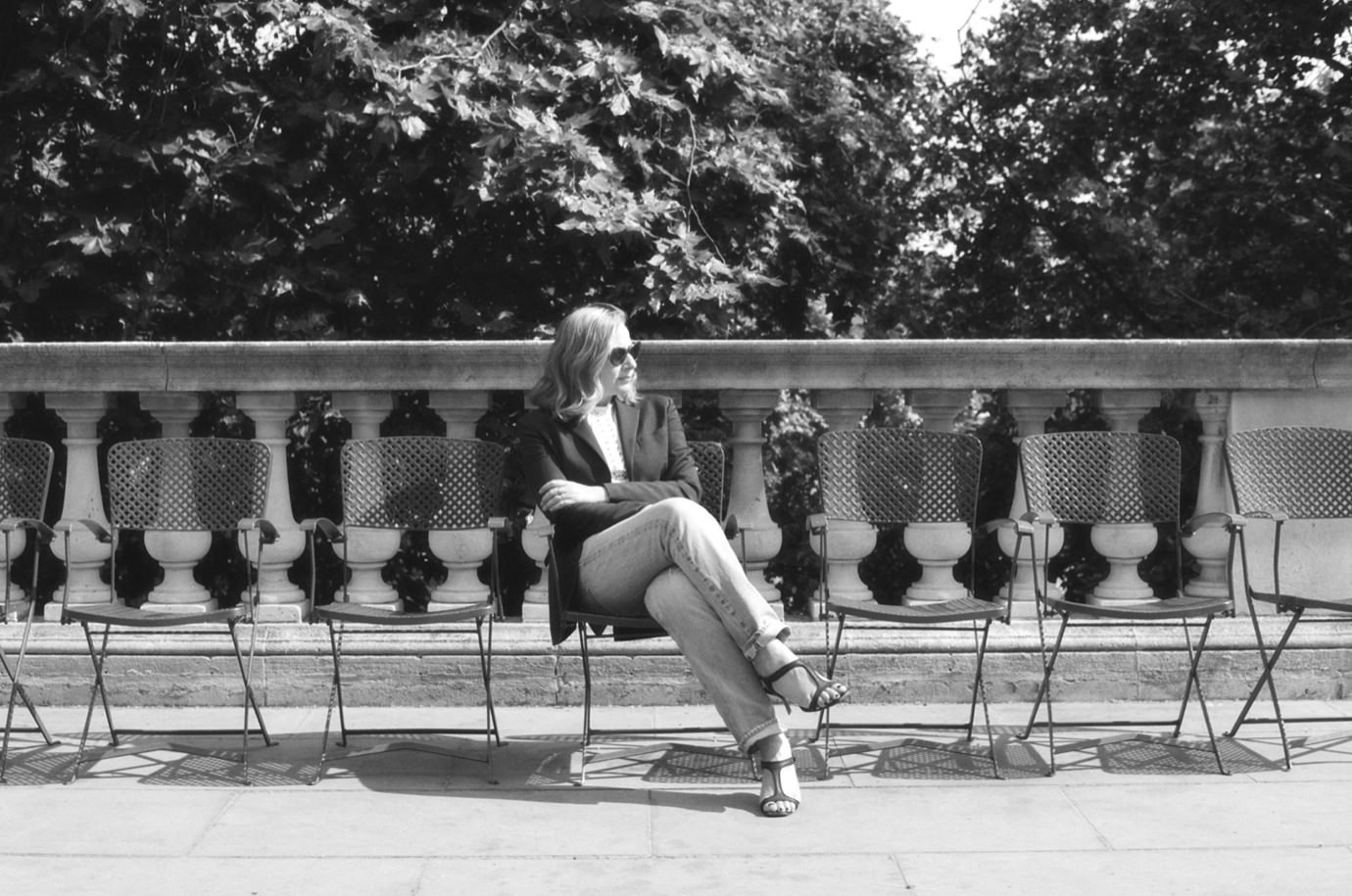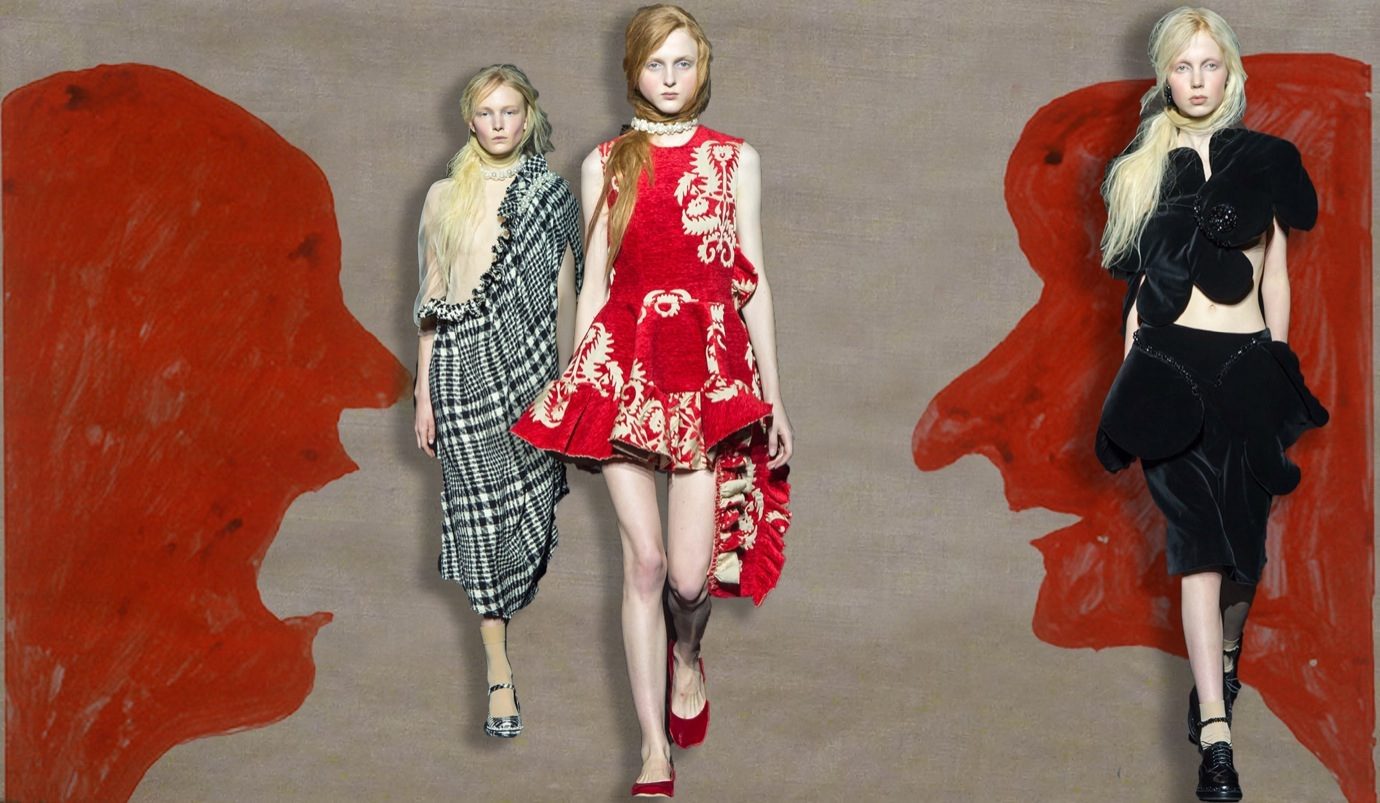The daughter of Hong Kong-born, Ireland-based designer John Rocha, fashion runs in Simone’s blood. As a child, she would dart around backstage at her father’s shows. It was here that she first met fashion journalist Sarah Mower. Their paths would cross again, years later, in the cramped and colourful office of esteemed CSM MA Fashion tutor Louise Wilson. “I was petrified of it, but always gagging to get in and hear what Louise had to say,” remembers Simone. A decade later, on a balmy evening, the pair are rapt in the conversation for the Sarabande Foundation’s Inspiration Series, Sarah in a cream blazer and Simone in a ruffled white shirt of her own design. Here is a round-up of what they had to say.
“Home is where the heart is. If you put your heart into your work, that’s when people will respond to it because people respond to emotion.”
Rifle through the Simone Rocha archive and you’ll find direct lines to the people and places who have inspired her. Swimming in the sea off the west coast of Ireland inspired her to create a lacquered lace, and spotting Ireland’s first female President, Mary Robinson, wearing pearls in an airport cemented the stone of the sea as a Simone signature. Her long-time love of Louise Bourgeois – whose estate Simone collaborated with in May this year – started when she visited the Stitches in Time exhibition with her mum, aged 16. But closest to her heart is the first window display she created for Dover Street Market in 2013, inspired by the lanes behind her childhood home: “I remembered smoking fags, kissing boys, pigs running after me. The whole thing, I put into that collection.”









